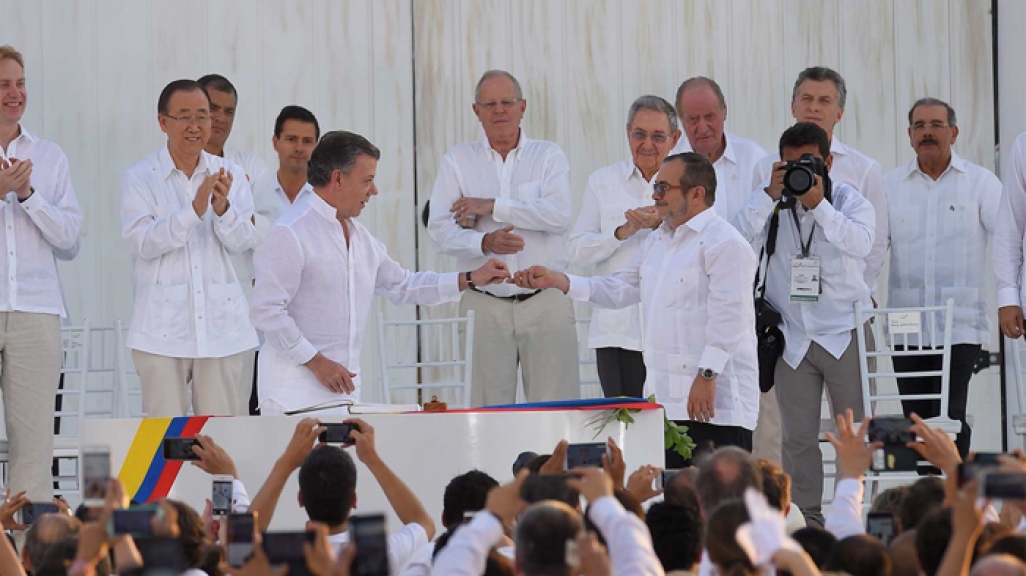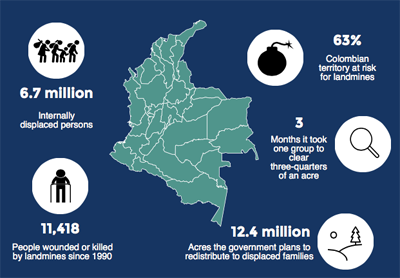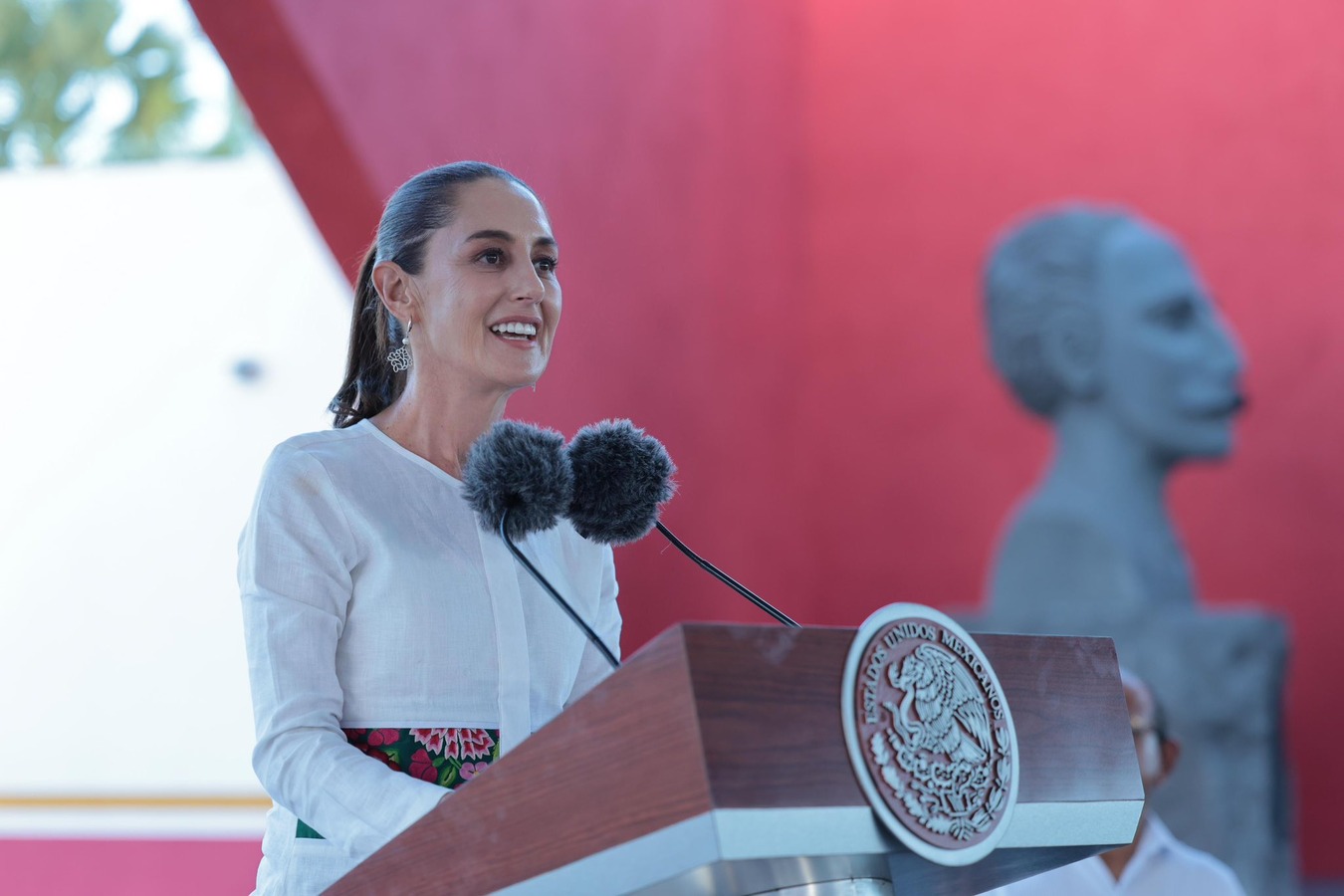Update: Colombians to Have Final Say on Peace Accord
Update: Colombians to Have Final Say on Peace Accord
The deal’s been signed, but the last step in cementing peace with the FARC is a public Yes/No vote on October 2.
Using a pen made out of a bullet, Colombian President Juan Manuel Santos and Timoleón “Timochenko” Jiménez, head of the Revolutionary Armed Forces of Colombia, signed a final peace agreement in a ceremony attended by a white-clad crowd in Cartagena on September 26. The festivities brought together a broad swathe of regional leaders, including Presidents Michelle Bachelet (Chile), Raúl Castro (Cuba), Rafael Correa (Ecuador), Pedro Pablo Kuczynski (Peru), Mauricio Macri (Argentina), Nicolás Maduro (Venezuela), and Enrique Peña Nieto (Mexico). U.S. Secretary of State John Kerry, IMF Managing Director Christine Lagarde, UN Secretary General Ban Ki-moon and his predecessor Kofi Annan also attended.
But the ceremony was just that—ceremonial. An important step remains before Colombia can be at peace and end the 52-year conflict: the plebiscite. On October 2, Colombians head to the polls to approve or reject the deal in a Yes/No vote. The members of the guerrilla group, known as the FARC, unanimously approved the text of the agreement at their annual congress, Timochenko announced on September 23 and now it’s the Colombian public’s turn to decide.
The Next Challenge for Peace with the FARC
Barely a mile from the peace ceremony, former President and head of the No campaign Álvaro Uribe led 2,000 supporters in a rally against the deal, which they say grants immunity to the guerrillas. Human Rights Watch has also argued the agreement affords impunity to confessed criminals, a violation of international law—in particular, the Rome Statutes, to which Colombia is party. Some agreements included in the deal, such as guaranteed seats for the FARC in the next two legislative sessions, are a tough sell.
Yes Camp on the Rise
Still, after running neck and neck with the No vote in early August, polls now show the Yes camp with a solid lead heading into Sunday’s vote. Because the vote is a plebiscite, the Yes camp will need to not just receive more votes than the No camp to pass, but also the support of at least 13 percent of registered Colombian voters, or just over 4.5 million votes. Turnout in Colombian elections can run low—regularly failing to break 50 percent for a presidential vote—though surveys are showing that upwards of 60 percent of the country’s nearly 35 million registered voters plan to head to the ballot boxes on October 2. A Datexco Opinómetro poll taken between September 24 and 26 showed the Yes vote with 55 percent support—and almost a 20-point advantage over the No side—which, at 60 percent turnout, would give Yes 11.5 million votes.
Technically, the government had 60 days from the signing of the final agreement to hold the vote, but analysts say the government was keen to schedule the plebiscite sooner rather than later to capitalize on the enthusiasm from the peace ceremony, and so that Santos can get a hopefully successful plebiscite vote on the books before he has to turn to his next legislative project: passing a tax reform by the end of the year.
Colombia’s fight against armed groups won’t end if and when the FARC fully disarm: the National Liberation Army maintains a couple thousand members, and criminal groups—known as Bacrim—also pose considerable security threats.










